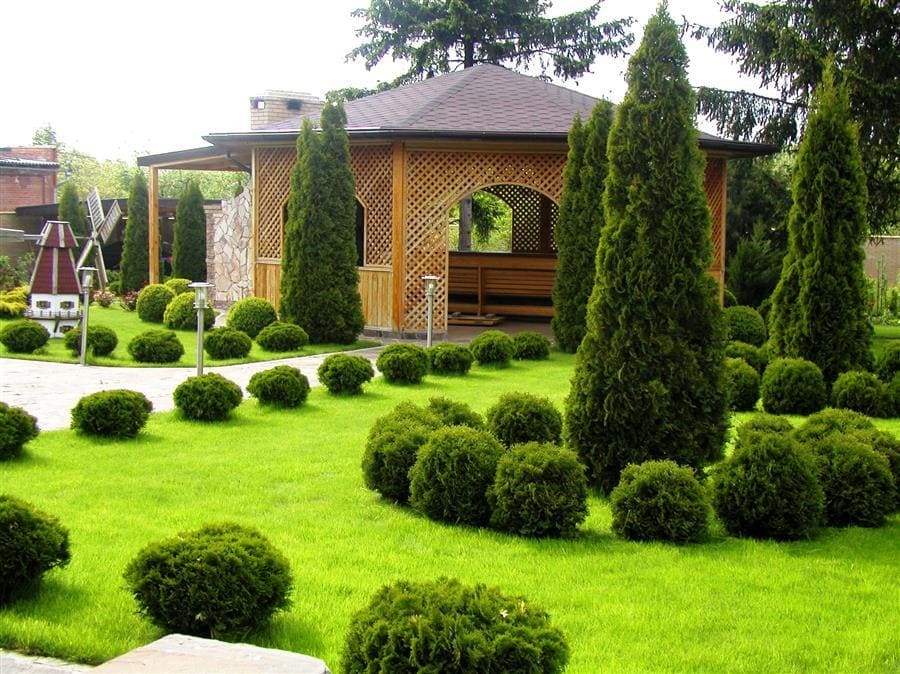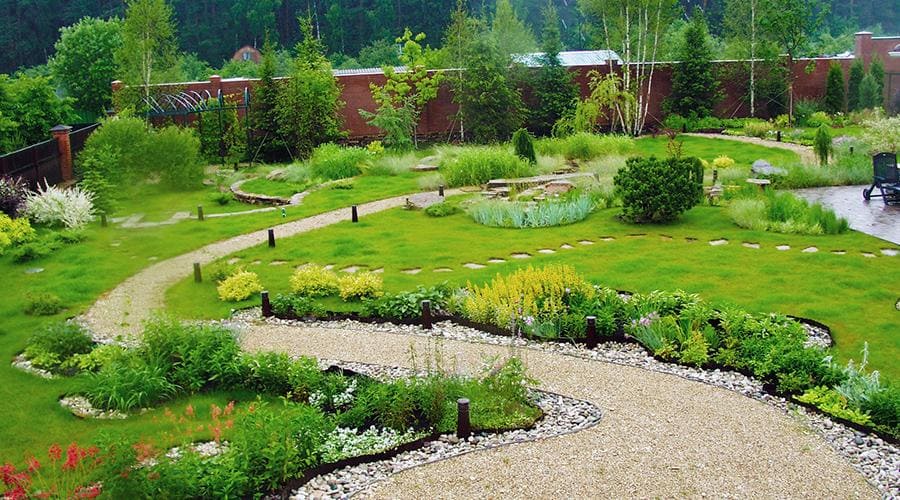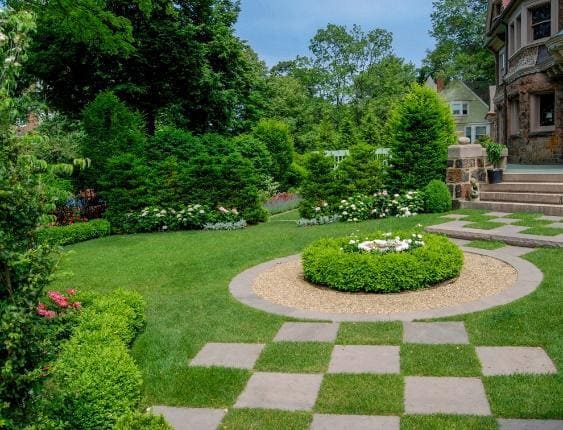Our recent endeavor addressed the pressing challenge of integrating natural, restorative environments into contemporary architectural and urban landscapes. The project aimed to transform conventional spaces into Verdant Havens, fostering enhanced well-being, productivity, and ecological sustainability within various settings, including commercial complexes, residential developments, and public areas. We focused on developing a comprehensive, intelligent system that seamlessly blends advanced technology with biophilic design principles. The primary objective was to create dynamic, self-sustaining green spaces that respond to environmental conditions and user needs, thereby elevating the human experience and contributing to a healthier planet. We envisioned measurable improvements in air quality, ambient comfort, and user engagement, alongside a significant reduction in operational overheads for maintaining these intricate ecosystems. Our ambition was to set a new standard for sustainable design and smart environmental management.
The strategic design and implementation phases involved a dual focus on user experience and robust technical architecture:
- UX/UI Design & Biophilic Integration:
The user experience design commenced with extensive research into human-environment interaction, psychological responses to natural elements, and user preferences for interactive green spaces. We conducted ethnographic studies, user interviews, and contextual inquiries to develop detailed user personas and journey maps. This data informed the creation of intuitive interfaces for managing environmental parameters, accessing educational content about the flora, and receiving personalized well-being recommendations. Wireframes and interactive prototypes, developed using Figma, underwent rigorous usability testing to ensure optimal navigation and accessibility. The visual design emphasized organic forms, a soothing color palette, and dynamic visual feedback mechanisms that reflect the living nature of the installations. Crucially, the UI was designed to provide a sense of control and connection to nature, allowing users to interact with the environment in a meaningful way, from adjusting ambient lighting to understanding the health metrics of specific plant species. Special attention was paid to creating a sensory rich experience, integrating visual aesthetics with subtle auditory and olfactory elements where feasible, all managed through a centralized, user-friendly dashboard accessible via web and mobile applications.
- Architectural & Technological Solutions:
The underlying architecture was engineered for scalability, resilience, and real-time data processing. We adopted a microservices-based architecture deployed on a leading cloud platform, leveraging containerization with Kubernetes for efficient resource management and fault tolerance. Frontend applications were built using React, ensuring a responsive and dynamic user interface across various devices. The backend services were developed primarily in Python, utilizing frameworks like FastAPI for high-performance API endpoints. Data persistence was managed through a combination of PostgreSQL for structured operational data and a time-series database (e.g., InfluxDB) for handling the high-volume, real-time sensor data. The core of the system involved a sophisticated IoT network, comprising an array of environmental sensors (light intensity, humidity, temperature, CO2 levels, soil moisture, nutrient levels) integrated with actuators for automated irrigation, climate control, and dynamic lighting systems. Data ingestion pipelines were built using Apache Kafka, enabling robust, low-latency processing of sensor telemetry. Machine learning models, developed using TensorFlow and PyTorch, were deployed to analyze environmental data, predict optimal growth conditions, detect anomalies, and provide predictive maintenance alerts for the botanical systems. This predictive capability allowed for proactive adjustments, significantly reducing manual intervention and optimizing resource consumption. Secure API gateways facilitated seamless integration with third-party building management systems and smart home platforms, extending the project's utility and reach. Security was paramount, implemented through end-to-end encryption, robust authentication protocols (OAuth2), and regular penetration testing to safeguard sensitive environmental and user data.
The implementation followed an agile development methodology, structured into two-week sprint cycles. Each sprint involved cross-functional teams working collaboratively on specific features, from backend service development to frontend UI implementation and IoT device integration. Continuous Integration and Continuous Deployment (CI/CD) pipelines, utilizing GitLab CI/CD, ensured rapid iteration and reliable deployment of new features and bug fixes. Automated testing suites, encompassing unit, integration, and end-to-end tests, were integrated into the CI/CD process to maintain code quality and prevent regressions. Regular internal QA sessions and structured user acceptance testing (UAT) phases were crucial for gathering feedback and validating features against initial requirements. This iterative approach allowed us to identify and address potential issues early, ensuring the system evolved in alignment with both technical specifications and user expectations. The rigorous testing regimen covered not only software functionality but also the reliability and accuracy of sensor readings and actuator responses, critical for maintaining the health of the living installations.
Post-initial deployment and during subsequent phases, we implemented several significant refinements and iterations based on performance monitoring, user feedback, and internal analytical insights. One key enhancement involved optimizing the machine learning algorithms for predictive plant health, leading to a 15% improvement in early disease detection and nutrient deficiency alerts. We also redesigned the user dashboard based on UAT feedback, streamlining the interface for easier access to critical environmental data and control functionalities, which resulted in a marked increase in user engagement. The IoT sensor network was further optimized for power efficiency and data transmission reliability, extending battery life by 20% in remote installations. Furthermore, we introduced a modular content management system for the educational components, allowing for dynamic updates and localization of plant information and wellness tips. Security protocols were continuously reviewed and strengthened, incorporating advanced threat detection mechanisms to protect against evolving cyber threats. These iterative improvements were fundamental to enhancing the system's robustness, usability, and overall value proposition, ensuring that the Verdant Havens remained at the forefront of smart biophilic design.
The project successfully delivered on its ambitious goals, transforming numerous spaces into vibrant, intelligent ecosystems. We achieved a 25% reduction in water consumption for irrigation through precision control systems and a 10% decrease in energy usage for environmental conditioning, demonstrating significant strides in sustainability. User feedback consistently highlighted improved mood, reduced stress levels, and a greater sense of connection to nature within the transformed environments. Quantitative metrics showed a 30% increase in dwell time in commercial spaces equipped with our Verdant Havens, indicating enhanced user satisfaction and engagement. This innovative solution has not only enriched the physical environments but also provided Zyntiumdep with a unique, market-leading product that underscores our commitment to sustainable technology and human-centric design. The project’s success has significantly bolstered our portfolio, attracting new partnerships and establishing Zyntiumdep as a pioneer in intelligent biophilic integration, paving the way for future advancements in urban and architectural greening.




